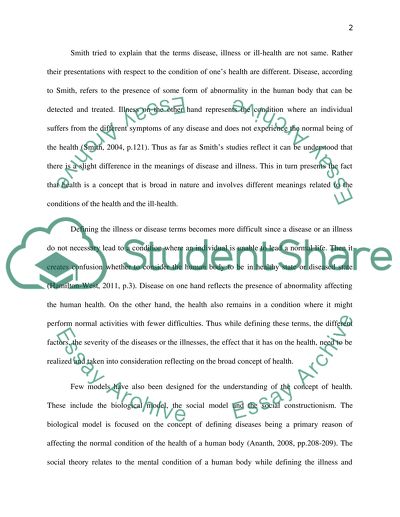Cite this document
(“Definition of health, illness and disease Essay”, n.d.)
Retrieved de https://studentshare.org/sociology/1394226-definition-of-health-illness-and-disease
Retrieved de https://studentshare.org/sociology/1394226-definition-of-health-illness-and-disease
(Definition of Health, Illness and Disease Essay)
https://studentshare.org/sociology/1394226-definition-of-health-illness-and-disease.
https://studentshare.org/sociology/1394226-definition-of-health-illness-and-disease.
“Definition of Health, Illness and Disease Essay”, n.d. https://studentshare.org/sociology/1394226-definition-of-health-illness-and-disease.


